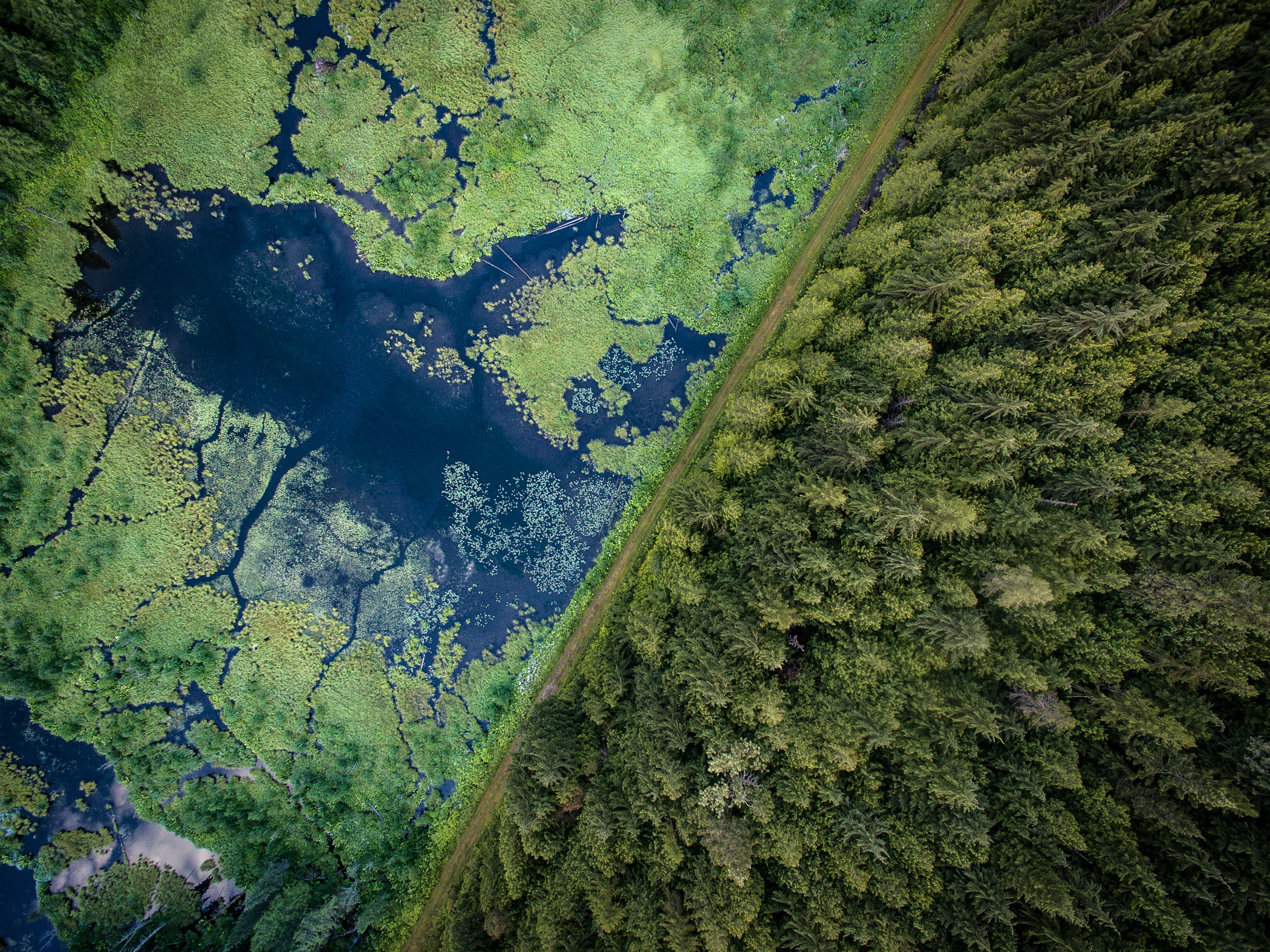Advanced Drone Services
What We Offer: Advanced Drone Services
Our advanced drone services are designed to revolutionize the way agricultural businesses, developers, local governments, and others approach their projects. Our innovative solution integrates cutting-edge technology to:
- Streamline operations
- Enhance accuracy
- Reduce project costs
- Increase flexibility
Whether you’re managing crops, developing infrastructure, or overseeing community projects, we offer the tools and expertise to achieve the highest level of efficiency and precision, while reducing impact on the land and environment.
Who Needs Advanced Drone Services?
Drone services can benefit a variety of industries, including governments, agricultural and forestry businesses, developers, First Nations, land managers and more. There are many benefits to employing these services, including:
- Enhanced land monitoring with high-resolution imagery
- Cost-effective resource management
- Up-to-date, accurate, and efficient terrain mapping
- Safe and efficient access to hard-to-reach areas
- Reduced impact on the environment (compared to helicopters)
- Volume analysis
The best part? Drones are quicker, safer, and more efficient than other methods.
Meet Our Drone Fleet
Mavic 3M Enterprise (multispectral) with RTK:
- Map areas for land use and development applications
- Measure volume of piled materials (landfills, gravel/sand pits, compost)
- Calculate volume of holes for fill requirements
DJI Agras T10 & T50:
- Apply seeds/fertilizers, etc. with rapid conversion between liquid and granular payloads
- Paint roofs
- Efficient and cost-effective alternative to large or small agricultural applications
- Map, measure and calculate for projects requiring higher precision/accuracy
While our current drones are well-equipped to provide advanced drone services to clients all over British Columbia, you may be looking for something else. If so, please contact us to find out more about how we can support your project. We periodically update our fleet and also rent drones with other capacities, so we can provide the advanced drone service solution you need.

Ready to learn more? Schedule your free discovery call now.
Or click here to view & print a PDF of our Morrow BioScience Drone Services Brochure.



 Mosquito disease transmission can be mitigated in a number of ways.
Mosquito disease transmission can be mitigated in a number of ways.



